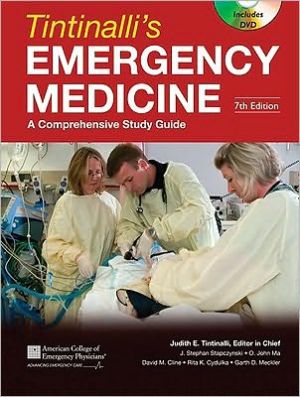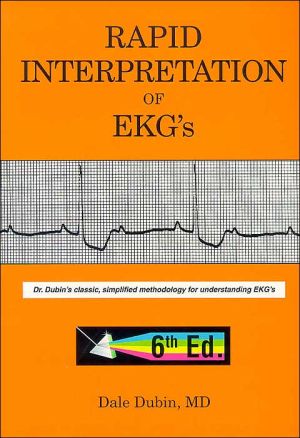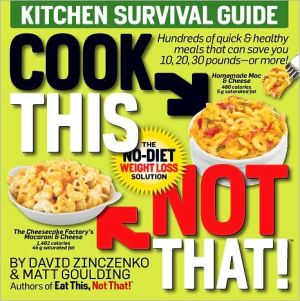Safe Sex 101: An Overview for Teens
Search in google:
\ Children's LiteratureAlthough factually accurate and interesting, this book suffers from a confusing and curious ideological focus. The first two chapters are dedicated to an ambivalent discussion of the effectiveness of abstinence-only sex education programs, cast in such cautious tones that even the adult reader is left guessing about where the authors' sympathies lie. The authors, while taking great pains to be evenhanded about the controversy, ultimately alienate the abstinence-only audience and frustrate the sex-educators. But this is an adult controversy; teens seeking information about safe sex may find this extended discussion about health education policy irrelevant at best, disconcerting at worst. A more appropriate and parsimonious approach would be a short discussion of the fact that while abstinence is the best emotional and physical defense against the dangers inherent in teen sex, abstinence pledges are often broken, and in such cases, accurate information about contraception and STD prevention is essential. As it stands, the presentation of this practical information does not begin until chapter six with a discussion of sexual anatomy and physiology, more than halfway through the book. Another caution is that the book is largely written from a girl's perspective (e.g., the majority of vignettes concern girls; the section on the challenges faced by teen mothers and fathers contains only one paragraph on fathers). The book's positive features are its clear, engaging style and informative photographic illustrations in the chapter on contraception. Once the book begins making good on the promises made in the title, it is a fine resource. 2006, Twenty-First Century Books, Ages 12 to 17.\ —Deborah Dysart-Gale\ \ \ \ \ VOYAKnowledge is power, and this guide is a potent instrument in the effort to help preteens and teens make careful decisions about their emerging sexual feelings and behavioral choices. Hyde and Forsyth use the voice of neutral informative reason to clearly lay out the issues and the options, targeting younger readers, but their book certainly could be used with high school aged youth as well. The authors mix statistics with simple, clear explanations accompanied by graphics to present the current state of teen-and, yes, preteen-sexuality. Pressures to engage in sex and efforts by adults to keep them safe are often at odds with each other. Hyde and Forsyth use many anecdotal scenarios to illustrate their points. They compare and contrast the many forms of contraceptives and their attendant pros and cons. They demystify the science of sex and reproduction, and offer dozens of outlets for teens to educate themselves if they are not getting the information that they need from school or at home. The authors speak neutrally of sexual orientation and the particularly tough challenges to be overcome by those who are gay. They touch on the legality of engaging in sex as minors, even if contact is consensual. In short, they cover all the bases in straight-shooting language that will give adolescents seeking answers exactly what they want, without judgment. A glossary of cut-and-dried definitions; a short bibliography; lists of hotlines, organizations, and Web sites; and programs that teens can join, add weight to this valuable resource that is highly recommended for school and public libraries. VOYA CODES: 4Q 4P M J S (Better than most, marred only by occasional lapses; Broad general YA appeal;Middle School, defined as grades 6 to 8; Junior High, defined as grades 7 to 9; Senior High, defined as grades 10 to 12). 2006, Twenty-First Century Books, 128p.; Glossary. Index. Illus. Photos. Charts. Source Notes. Further Reading., Ages 11 to 18. \ —Beth E. Andersen\ \ \ School Library JournalGr 7 Up-A warmly realistic approach invites readers to consider the varied facets of safe sex. The authors encourage abstinence as the only truly safe sex, but caution that often sex "just happens" in the heat of the moment to those who are not prepared with contraceptives. Their thorough discussions of STDs, contraceptives, the physiology of sexual intercourse, and the risks of different types of sexual activity are well balanced and accessible. The first chapter, "How Do You Decide If You Are Ready for Sex?," is especially thoughtful in its examination of the pressure teens face, questions they should ask themselves about their readiness, and ways to say no. The description of sexual activities, such as oral sex, is explicit, and euphemisms like "hooking up" are clearly explained, while questions like "Does Abstinence Include Oral and Anal Sex?" are considered. Personal stories and scenarios appear throughout the text; presumably they are fictional, since no mention is made of gathering them from interviews, but they are realistic and balance out the book's statistics and scientific information. One chapter tells of teens who found themselves in serious trouble because they were afraid to seek help from their parents or other adults. Two tables are devoted to information on STDs and methods of contraception. Faith Hickman Brynie's 101 Questions about Sex and Sexuality: With Answers for the Curious, Cautious, and Confused (21st Century Bks, 2003) offers similar content in an appealing question-and-answer format.-Joyce Adams Burner, Hillcrest Library, Prairie Village, KS Copyright 2006 Reed Business Information.\ \








